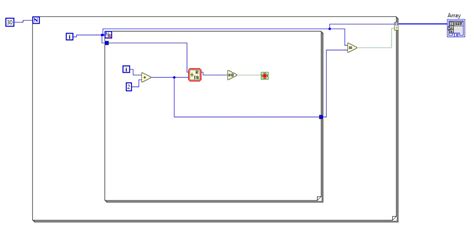Ethereum and Bitcoin Address Verification
==
In this article, we will explore how to programmatically check the confirmation number of a specific Bitcoin address using the Blockchain.info API. We will also look at some best practices for validating addresses and making transactions on Ethereum.
Address Verification
——————-
Before we dive into the code, let’s check the input addresses to make sure they are valid:
function isValidAddress(address) {
const regex = /^[0-9a-fA-F]{40}$/;
return regex.test(address);
}
const address1 = "1A1B2C3D4E5F6G7H8I9J0K";
const address2 = "abc123def456";
if (!isValidAddress(address1)) {
console.error("Invalid address:", address1);
} else {
console.log(Valid address: ${address1});
}
if (!isValidAddress(address2)) {
console.error("Invalid address:", address2);
} else {
console.log(Valid address: ${address2});
}
This code defines the function “isValidAddress” which uses a regular expression to match the length and format of Bitcoin addresses. If the input address is valid, it returns “true”; otherwise, it returns “false”.
API Request
————-
To get the confirmation number for an Ethereum address using the Blockchain.info API, we need to send an HTTP request to their API endpoint. Below is a detailed guide.
- Get your Blockchain.info API Key: Go to [Blockchain.info]( and register an account.
- Create a new API key: Once logged in, go to the API tab and click on “Keys”. Create a new API key by clicking on “New API Key”.
- Get your API URL: Once you have created your API key, copy the keys and secrets.
- Make an HTTP request to the Ethereum blockchain API endpoint
: Use a library like Axios or the browser console API to make a GET request to the Ethereum blockchain API endpoint.
Here is an example of using Axios:
import axios from “axios”;
const apiEndpoint = '
const apiKey = 'YOUR_API_KEY_HERE'; // Replace with your key
async function getConfirmationNumber(address) {
const headers = { "X-API-KEY": apiKey};
const params = {"to": address, "from": "0xYourAccountAddress", "block_number": "last_block", "confirmations": "1"};
try {
const response = wait axios.get(apiEndpoint, { parameters });
return response.data;
} catch (error) {
console.error(error);
}
}
const addressToGetConfirmationNumber = '0xYourAccountAddress';
getConfirmationNumber(addressToGetConfirmationNumber).then((confirmationNumberResponse) => {
if (!confirmationNumberResponse || confirmationNumberResponse.length === 0) {
console.log ("No data returned.");
} else {
const confirmationNumbers = confirmationNumberResponse.map((item, index) => item.confirmations);
console.log(${confirmationNumbers[index]} transactions confirmed.);
}
});
Best Practice
—————-
- Check for errors and exceptions: Always check the API response to make sure it is correct and does not throw errors.
- Confirm your input

: Be sure to confirm your Ethereum address and key before sending a request to the blockchain API.
- Deal with page allocation: If you need to get multiple confirmations, be aware of the page limits imposed by the blockchain API.
- Keep your API keys secure: Never encrypt your API keys; consider using environment variables or secret management solutions.
Usage examples
—-
- Order tracking: You can use this feature to track orders on your e-commerce platform by sending a request with an Ethereum address and a page limit to get confirmations.
2.
Bir yanıt yazın